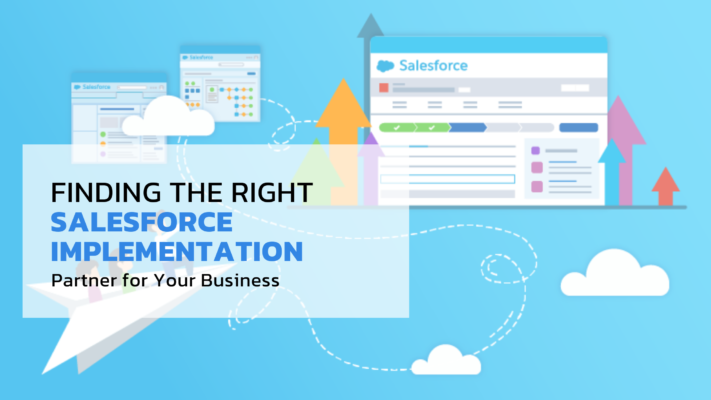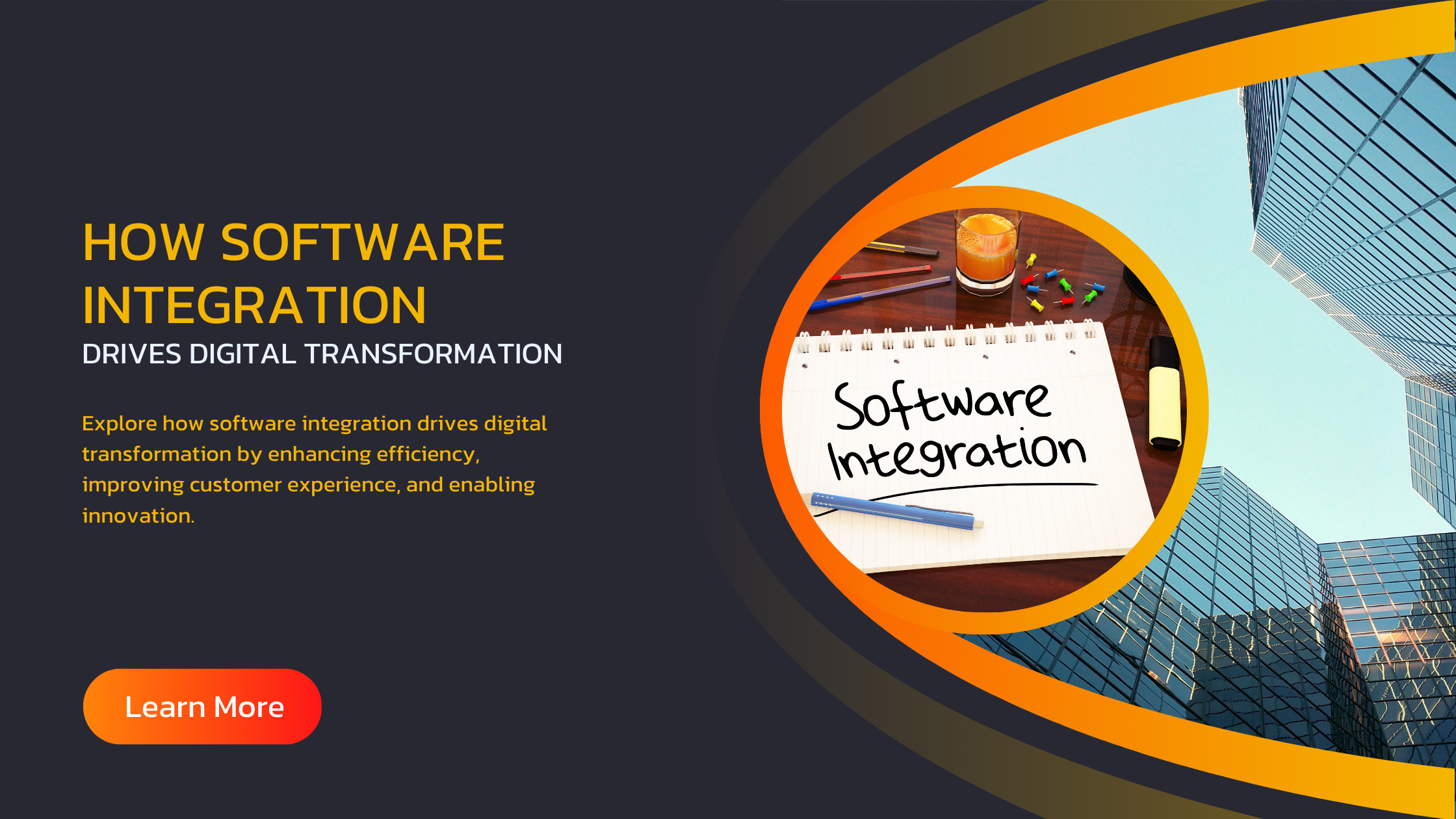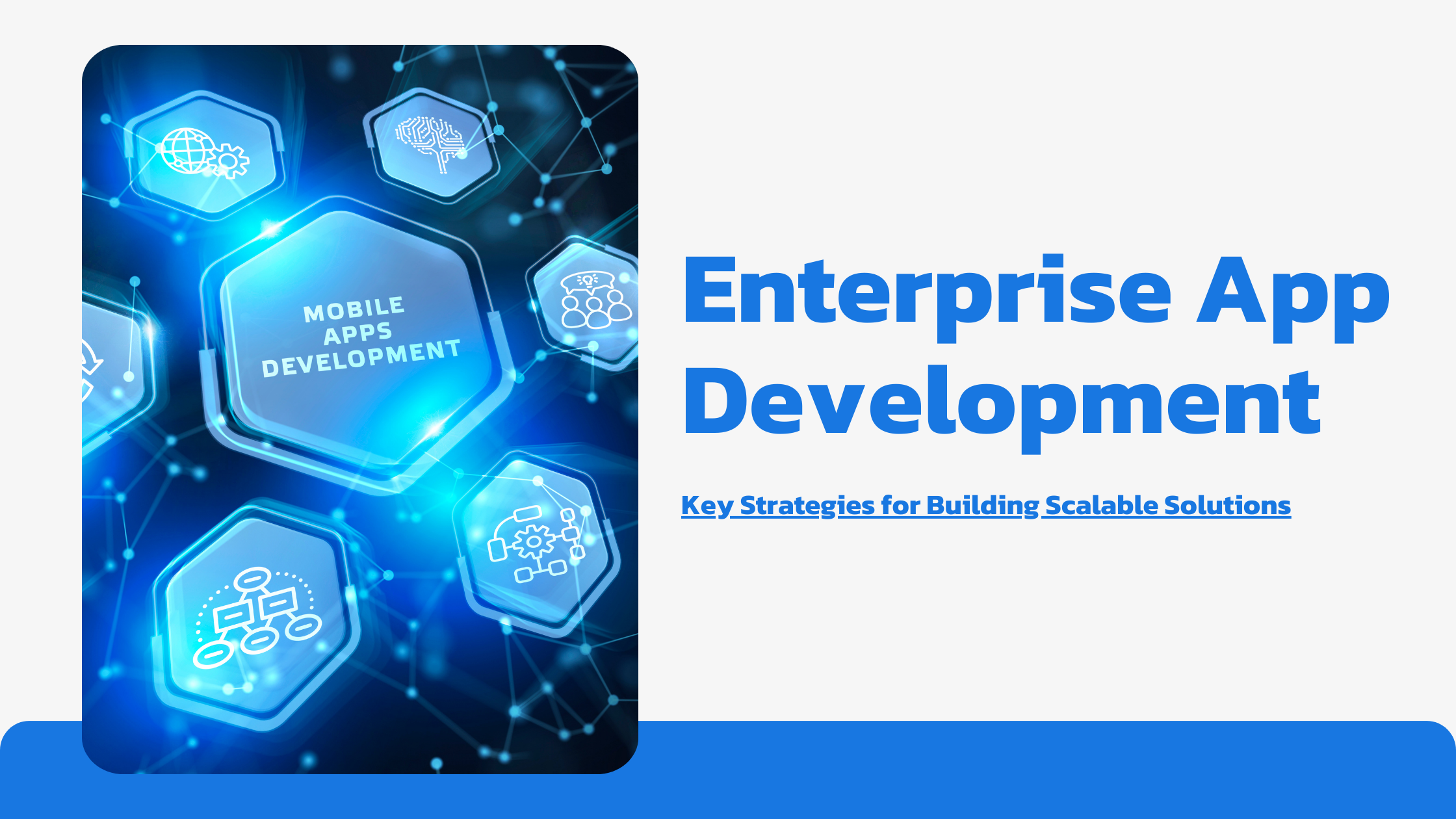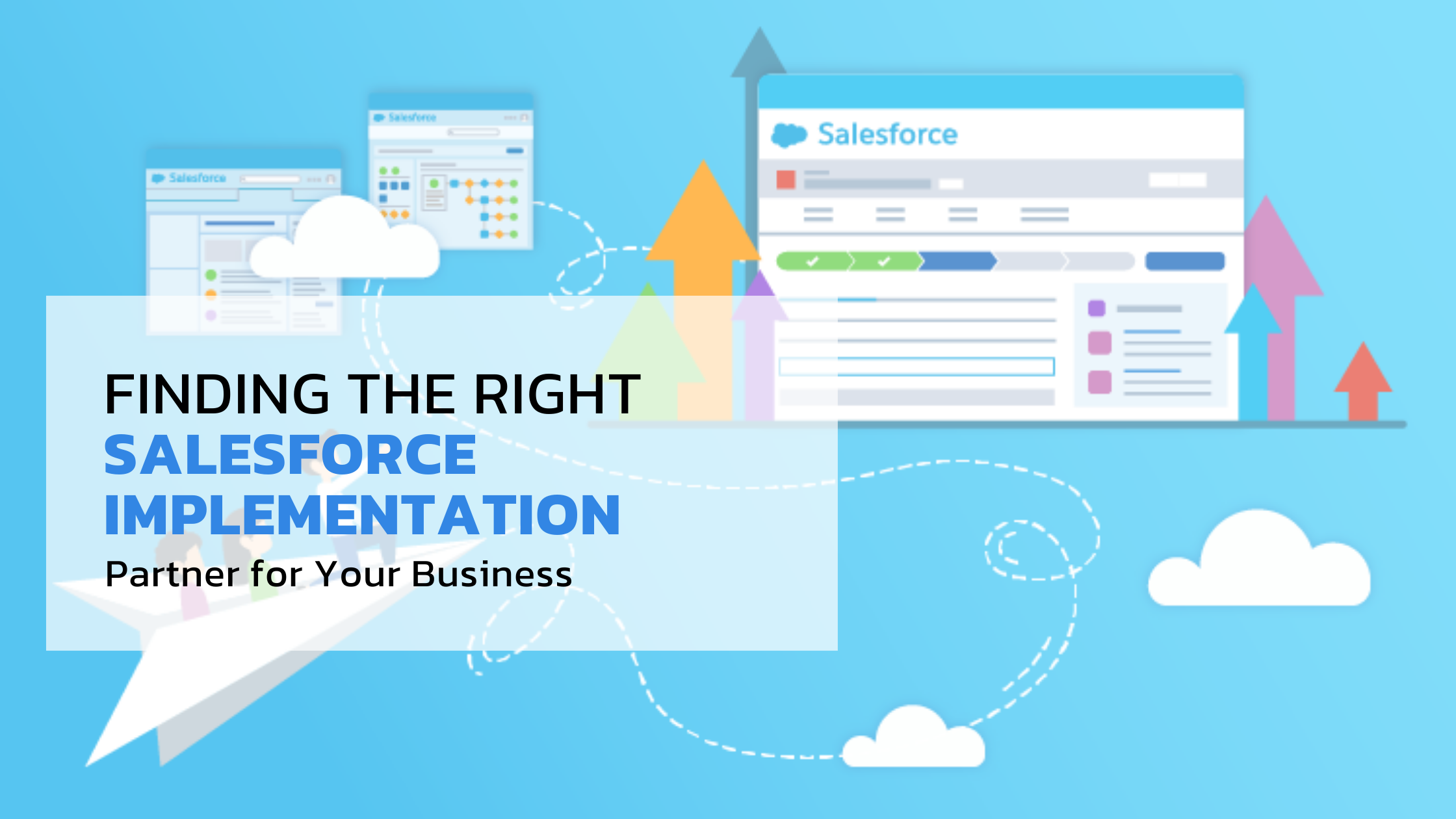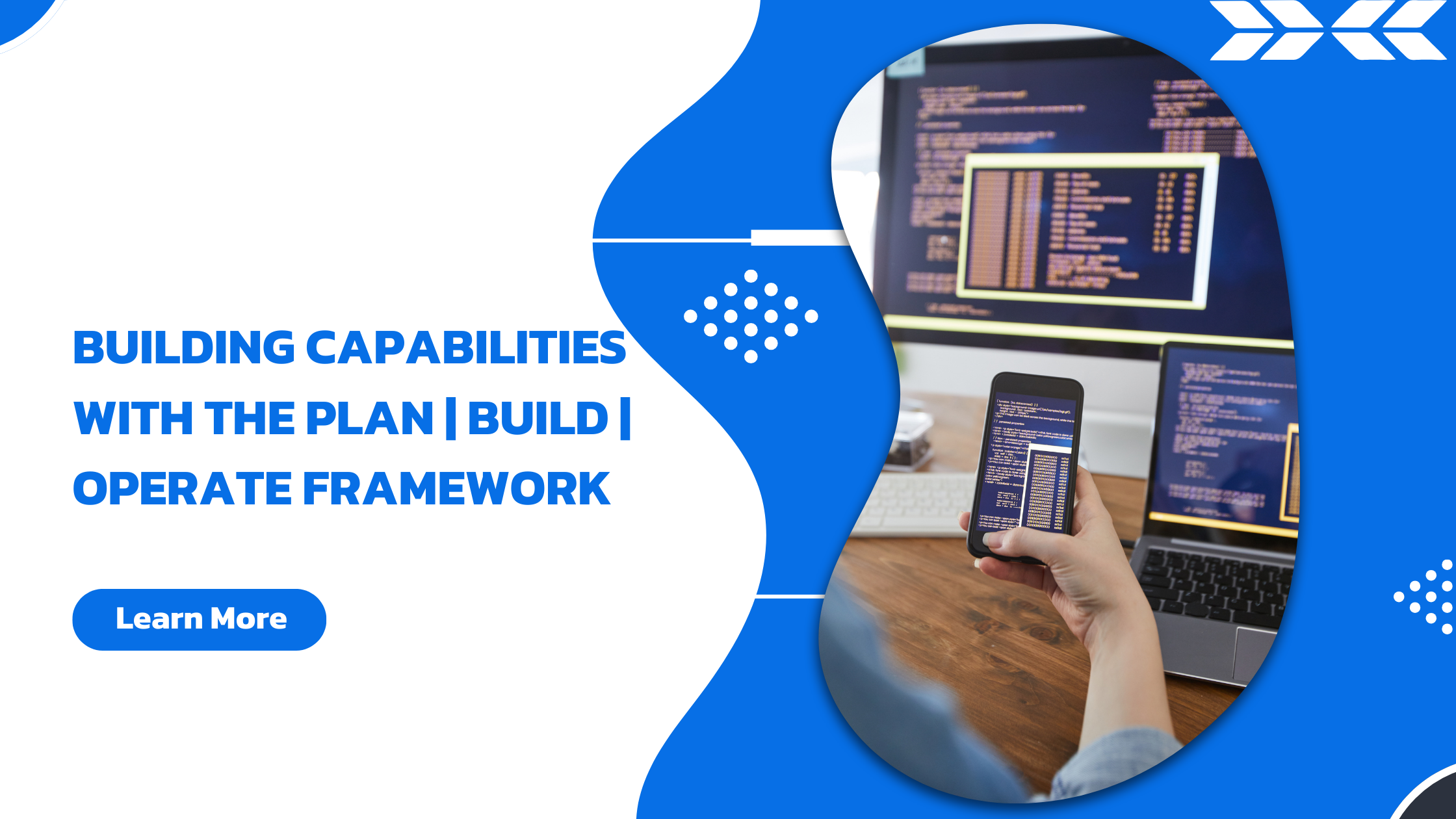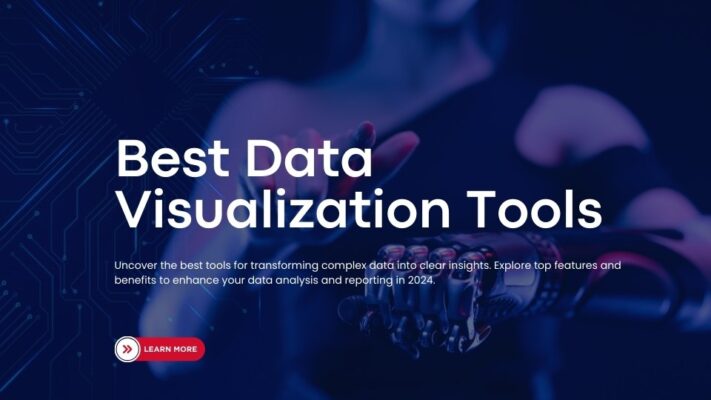
In today’s data-driven world, the ability to effectively visualize and communicate complex information is more crucial than ever. As we move into 2024, the landscape of data visualization tools continues to evolve, offering more powerful and user-friendly options for businesses, researchers, and data enthusiasts alike. This comprehensive guide will explore the best data visualization tools available in 2024, helping you make an informed decision for your specific needs.
Introduction
Data visualization has become an indispensable tool in our increasingly data-centric world. As the volume and complexity of data continue to grow, the need for effective visualization tools becomes more pressing. This guide aims to provide a comprehensive overview of the best data visualization tools available in 2024, helping you navigate the diverse landscape of options and choose the tool that best fits your needs.
Why Data Visualization Matters
Before diving into specific tools, it’s essential to understand why data visualization is so crucial:
– Simplifying Complex Data: Visualization transforms raw data into easily digestible visual formats, making it easier to identify patterns, trends, and outliers.
– Facilitating Decision-Making: Well-designed visualizations can provide quick insights, enabling faster and more informed decision-making.
– Improving Communication: Visual representations of data can bridge communication gaps between technical and non-technical stakeholders.
– Enhancing Data Quality: Visualizations can quickly reveal data quality issues, inconsistencies, or errors that might be missed in raw data.
– Increasing Engagement: Interactive and visually appealing data presentations can increase user engagement and retention of information.
Key Features to Look for in Data Visualization Tools
When evaluating data visualization tools, consider the following key features:
1. Ease of Use: The tool should have an intuitive interface that allows users of various skill levels to create effective visualizations.
2. Data Connectivity: Look for tools that can easily connect to and import data from various sources, including databases, spreadsheets, and cloud services.
3. Customization Options: The ability to customize charts, graphs, and dashboards is crucial for creating unique and brand-aligned visualizations.
4. Interactivity: Interactive features like filtering, drilling down, and zooming can enhance the user experience and provide deeper insights.
5. Collaboration Features: Tools that support sharing, commenting, and collaborative editing can improve team productivity.
6. Mobile Compatibility: With the increasing use of mobile devices, ensure the tool provides responsive design or dedicated mobile apps.
7. Scalability: The tool should be able to handle large datasets and complex visualizations without sacrificing performance.
8. Integration Capabilities: Look for tools that can integrate with other software in your tech stack, such as CRM systems or business intelligence platforms.
9. Advanced Analytics: Some tools offer built-in statistical analysis, predictive modeling, or machine learning capabilities.
10. Data Governance and Security: Ensure the tool complies with your organization’s data security and governance requirements.
Top Data Visualization Tools for 2024
1. Tableau
Tableau remains a leader in the data visualization space, known for its powerful features and user-friendly interface.
Key Features:
– Drag-and-drop interface for creating visualizations
– Robust data connection options
– Strong community and extensive learning resources
– Advanced mapping capabilities
– Tableau Public for sharing visualizations
Pros:
– Intuitive and easy to use for beginners
– Highly customizable visualizations
– Excellent performance with large datasets
Cons:
– Can be expensive for small businesses or individual users
– Steep learning curve for advanced features
2. Power BI
Microsoft’s Power BI has gained significant traction, especially among organizations already using Microsoft products.
Key Features:
– Tight integration with other Microsoft tools
– Natural language query capabilities
– Embedded analytics options
– Regular updates and new features
Pros:
– Cost-effective, especially for Microsoft 365 users
– Strong data modeling capabilities
– Good balance of ease of use and advanced features
Cons:
– Some advanced features require coding knowledge
– Limited customization compared to some competitors
3. QlikView and Qlik Sense
Qlik offers two powerful data visualization tools: QlikView for guided analytics and Qlik Sense for self-service visualization.
Key Features:
– Associative data model for flexible analysis
– In-memory processing for fast performance
– Strong data governance features
– Extensive third-party extensions
Pros:
– Powerful data discovery capabilities
– Robust security and governance features
– Good for both small and large-scale deployments
Cons:
– Steeper learning curve than some competitors
– QlikView and Qlik Sense have different interfaces, which can be confusing
4. D3.js
D3.js (Data-Driven Documents) is a JavaScript library for creating custom, interactive data visualizations in web browsers.
Key Features:
– Extremely flexible and customizable
– Support for large datasets
– Wide range of chart types and visualizations
– Active community and extensive resources
Pros:
– Unparalleled flexibility in creating unique visualizations
– Excellent performance for web-based visualizations
– Free and open-source
Cons:
– Steep learning curve, requires JavaScript knowledge
– No built-in GUI, everything is code-based
5. Plotly
Plotly offers both open-source libraries and commercial products for creating interactive and publication-quality visualizations.
Key Features:
– Support for multiple programming languages (Python, R, JavaScript)
– Wide range of chart types and statistical tools
– Both cloud-based and on-premise options
– Dash framework for building analytical web applications
Pros:
– Combines the flexibility of coding with ease of use
– High-quality, interactive visualizations
– Good documentation and community support
Cons:
– Commercial version can be expensive for large teams
– Some advanced features require coding skills
6. Google Data Studio
Google Data Studio is a free tool that has gained popularity for its ease of use and integration with Google’s ecosystem.
Key Features:
– Seamless integration with Google products (Analytics, Ads, Sheets)
– Collaborative features for team working
– Customizable templates and themes
– Regular updates and new features
Pros:
– Free to use
– Easy to learn and use
– Good for creating quick, shareable reports
Cons:
– Limited advanced analytics capabilities
– Fewer customization options compared to some paid tools
7. Looker
Now part of Google Cloud, Looker offers a powerful platform for business intelligence and data visualization.
Key Features:
– LookML, a modeling language for defining data relationships
– Embedded analytics capabilities
– Strong data governance features
– Extensive collaboration tools
Pros:
– Powerful data modeling capabilities
– Good for organizations with complex data structures
– Strong support for real-time analytics
Cons:
– Can be expensive for smaller organizations
– Requires more technical expertise than some alternatives
8. Sisense
Sisense is known for its ability to handle large, complex datasets and its embedded analytics capabilities.
Key Features:
– In-chip technology for fast data processing
– AI-powered insights and recommendations
– White-labeling and embedding options
– Support for IoT data visualization
Pros:
– Excellent performance with large, complex datasets
– Good for both technical and non-technical users
– Strong embedded analytics capabilities
Cons:
– Can be expensive for smaller teams
– Some users report a steeper learning curve
9. Domo
Domo is a cloud-based platform that combines data visualization with collaboration and data management features.
Key Features:
– Over 1,000 pre-built connectors for data sources
– Strong mobile support
– Built-in social collaboration tools
– Domo Everywhere for embedded analytics
Pros:
– Comprehensive platform beyond just visualization
– User-friendly interface
– Good for organizations looking for an all-in-one solution
Cons:
– Can be expensive for smaller teams
– Some users report limitations in customization
10. Apache Superset
Apache Superset is an open-source data exploration and visualization platform that has gained popularity in recent years.
Key Features:
– Modern, intuitive interface
– Support for a wide range of databases
– SQL Lab for direct database querying
– Extensive library of charts and dashboards
Pros:
– Free and open-source
– Highly scalable
– Active community and regular updates
Cons:
– Requires more technical expertise to set up and maintain
– Fewer advanced features compared to some commercial tools
Open-Source vs. Commercial Tools
When choosing a data visualization tool, one key decision is whether to opt for an open-source or commercial solution. Each has its advantages and drawbacks:
Open-Source Tools:
Pros:
– Free to use and modify
– Flexibility to customize and extend functionality
– Active communities for support and development
Cons:
– May require more technical expertise to set up and use
– Limited official support
– Potential security concerns if not properly maintained
Commercial Tools:
Pros:
– Usually more user-friendly and feature-rich out of the box
– Professional support and regular updates
– Often include advanced features like AI-powered insights
Cons:
– Can be expensive, especially for larger teams or organizations
– Potential vendor lock-in
– Less flexibility for customization in some cases
The choice between open-source and commercial tools often depends on factors such as budget, technical expertise, specific feature requirements, and long-term strategy.
Choosing the Right Tool for Your Needs
Selecting the best data visualization tool for your needs requires careful consideration of several factors:
1. Skill Level: Consider the technical expertise of your team. Some tools are more accessible to non-technical users, while others offer more power but require coding skills.
2. Data Sources: Ensure the tool can easily connect to and import data from your existing data sources.
3. Scalability: Think about your future needs. Will the tool be able to handle increasing data volumes and user numbers?
4. Collaboration Requirements: If team collaboration is important, look for tools with strong sharing and commenting features.
5. Integration Needs: Consider how the visualization tool will fit into your existing tech stack.
6. Budget: Factor in both initial costs and ongoing expenses like subscriptions, training, and maintenance.
7. Specific Visualization Needs: Some tools excel at particular types of visualizations or industries. Ensure the tool can create the specific charts or graphs you need.
8. Security and Compliance: If you’re dealing with sensitive data, ensure the tool meets your security and compliance requirements.
9. Support and Community: Consider the availability of customer support, documentation, and community resources.
10. Mobile Support: If mobile access is important, look for tools with responsive design or dedicated mobile apps.
Emerging Trends in Data Visualization
As we look to the future of data visualization, several exciting trends are emerging:
1. AI-Powered Insights: Many tools are incorporating artificial intelligence to automatically generate insights and suggest the most appropriate visualizations.
2. Augmented and Virtual Reality: AR and VR technologies are opening up new possibilities for immersive data experiences.
3. Real-Time Visualization: With the growth of IoT and streaming data, tools that can handle real-time data visualization are becoming increasingly important.
4. Natural Language Processing: Some tools are integrating NLP capabilities, allowing users to create visualizations using natural language queries.
5. Edge Computing Visualization: As edge computing grows, we’re seeing more tools that can visualize data at the edge, reducing latency and bandwidth usage.
6. Storytelling Features: Tools are increasingly focusing on features that help users create narrative-driven data presentations.
7. Collaborative Visualization: As remote work continues to be prevalent, tools are enhancing their collaborative features to support distributed teams.
8. Ethical and Inclusive Visualization: There’s a growing focus on creating visualizations that are accessible, inclusive, and ethically responsible.
Conclusion
The field of data visualization continues to evolve rapidly, with tools becoming more powerful, user-friendly, and intelligent. Whether you’re a data scientist, business analyst, or decision-maker, there’s a tool out there that can help you unlock the insights hidden in your data.
As we’ve seen, the best tool for you will depend on your specific needs, technical expertise, and organizational context. Whether you opt for the power and flexibility of Tableau, the Microsoft ecosystem integration of Power BI, the customization of D3.js, or any of the other excellent tools we’ve discussed, the key is to choose a solution that empowers you to turn your data into actionable insights.
Remember, the tool is just one part of the equation. Equally important are the skills to create effective visualizations and the ability to ask the right questions of your data. As you embark on your data visualization journey, consider partnering with experts who can help you make the most of these powerful tools.
Upcore Technologies offers comprehensive data visualization services and consulting, helping organizations leverage the latest tools and techniques to drive data-informed decision-making. Whether you need help selecting the right tool, creating impactful visualizations, or developing a full-fledged data strategy, Upcore Technologies has the expertise to guide you on your data visualization journey.
As we move further into 2024 and beyond, the importance of effective data visualization will only continue to grow. By choosing the right tools and developing your visualization skills, you’ll be well-equipped to navigate the data-rich landscape of the future.


